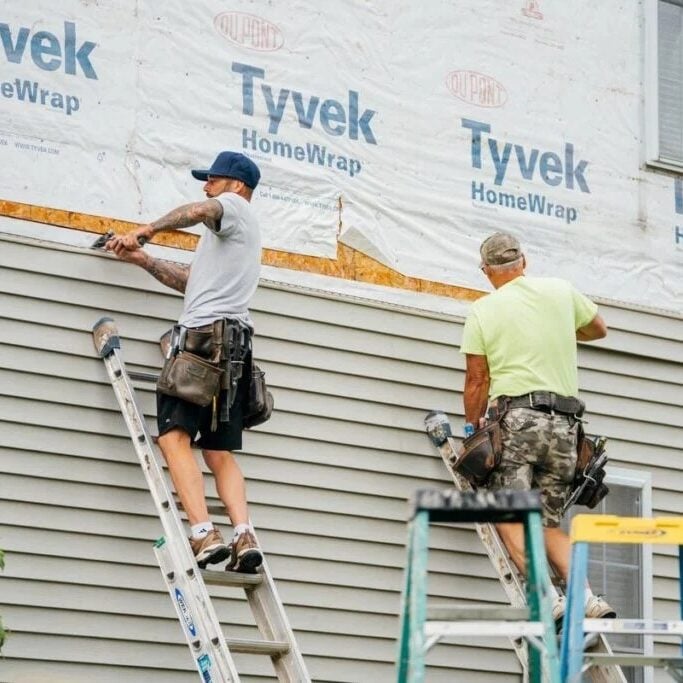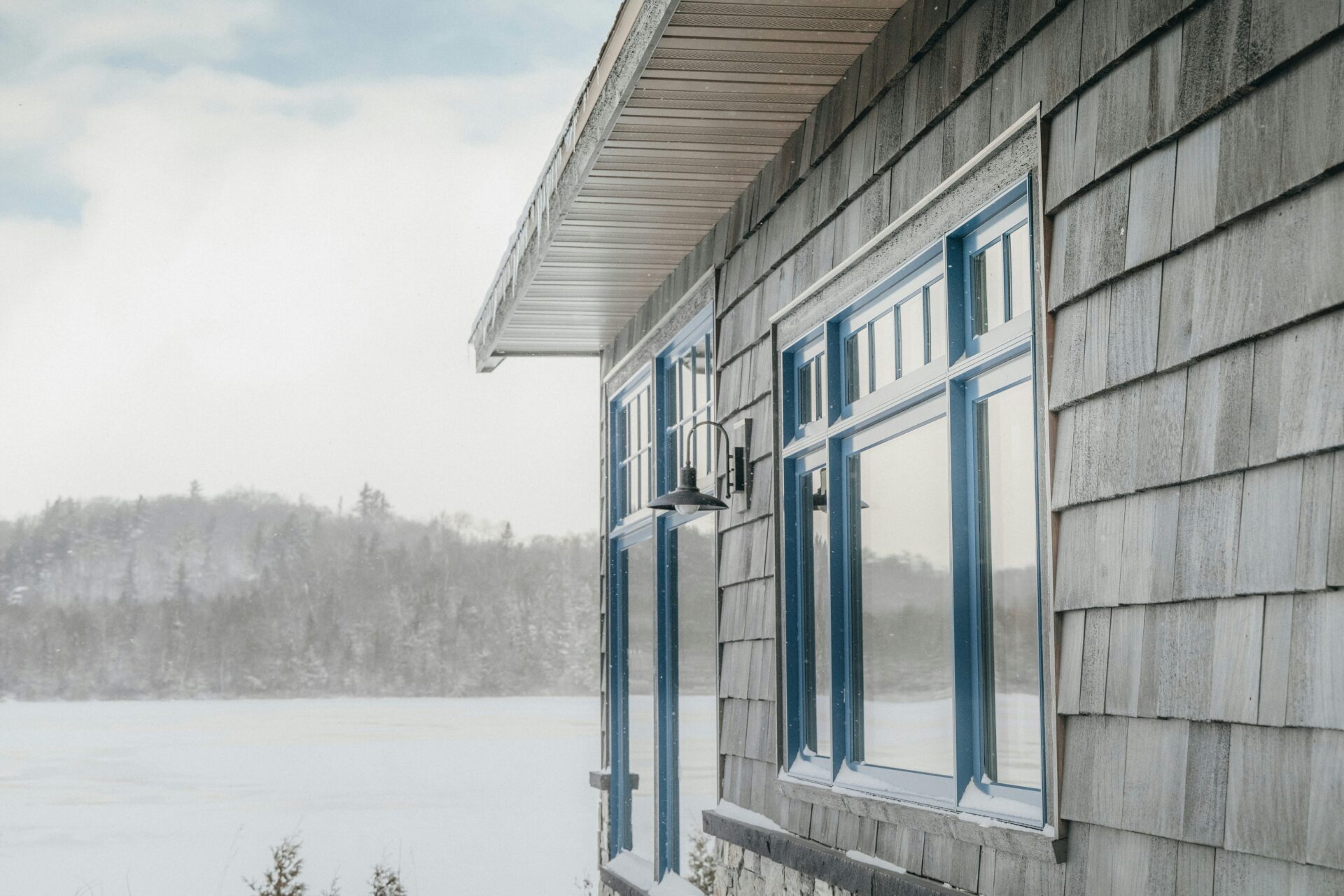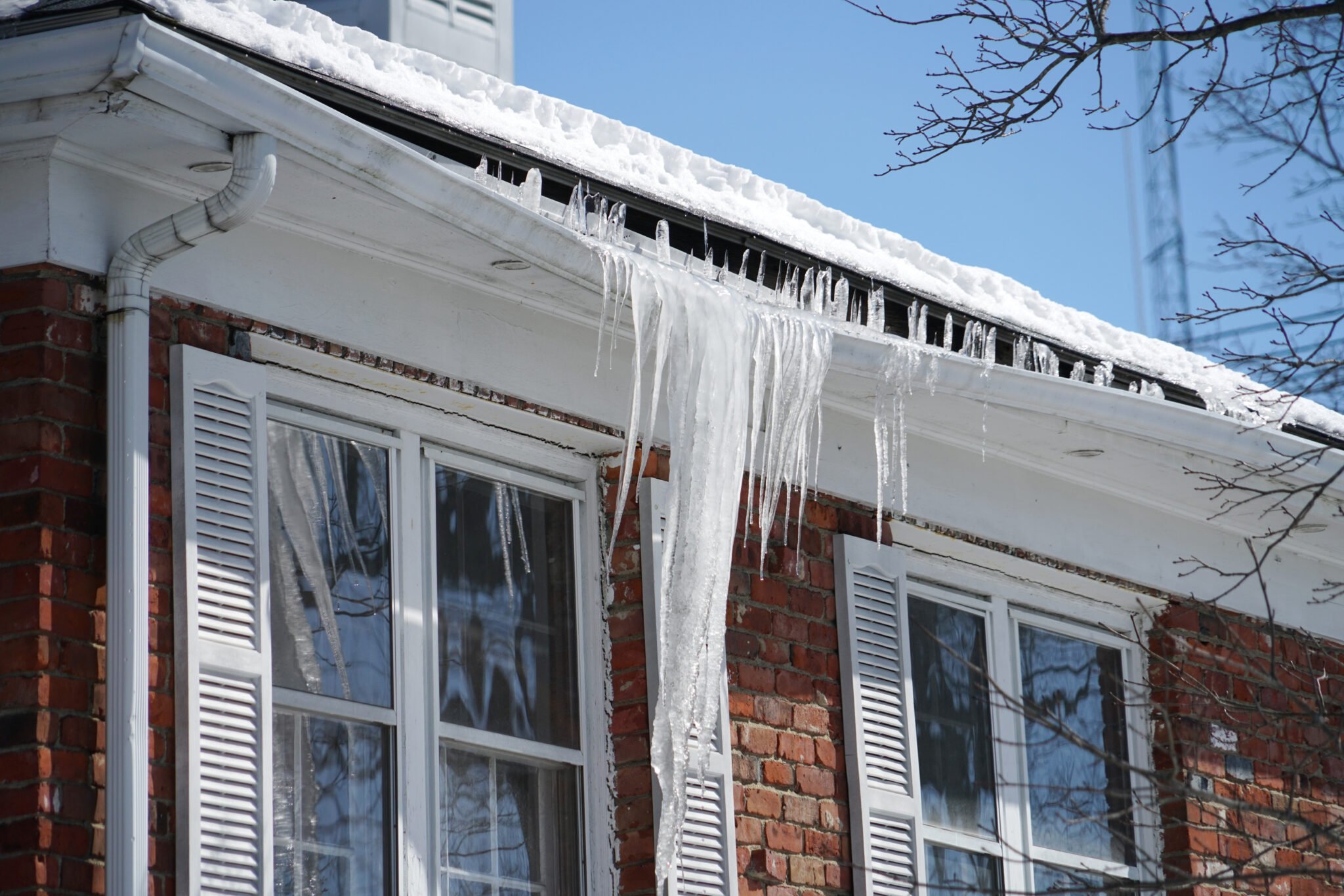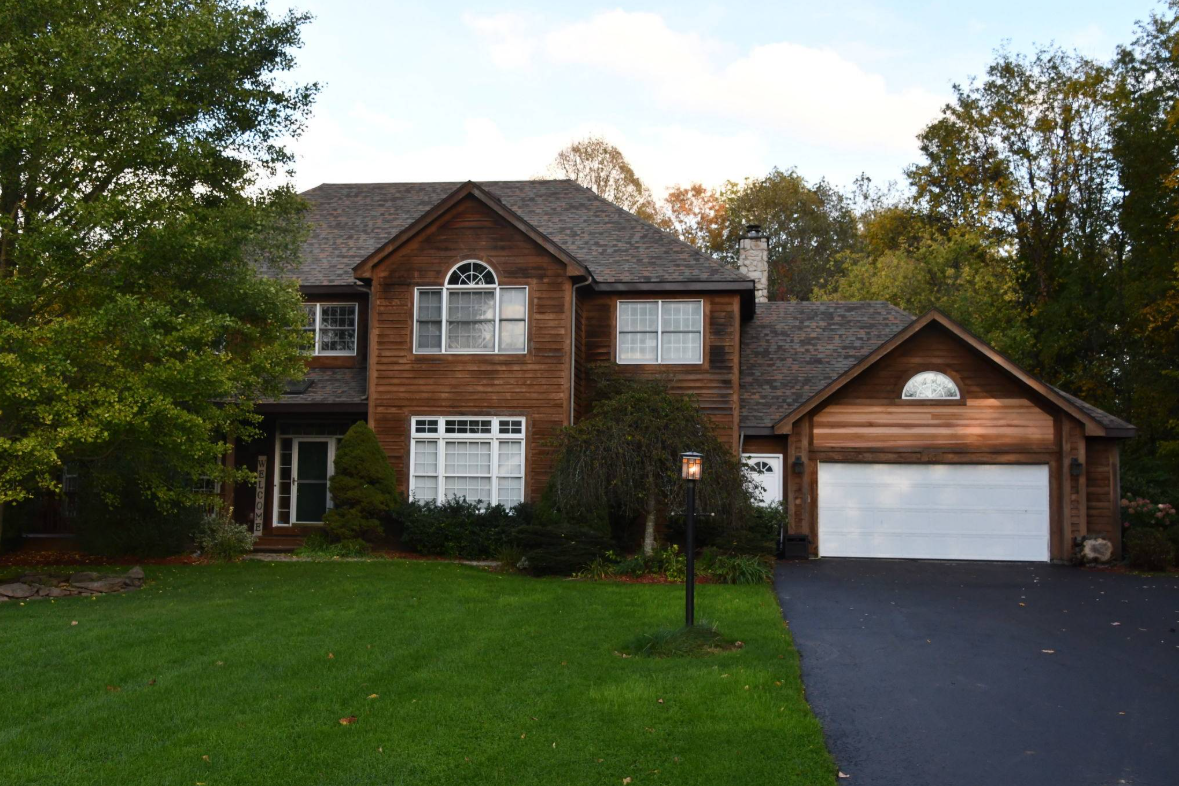If you’ve noticed bubbling, warping, or strange heat damage on your home’s vinyl siding, you’re probably feeling confused, especially if you live in a more temperate climate. In many cases, it’s not the weather itself.
It’s a surprising issue, often caused by light reflecting off nearby windows, glass doors, or windshields. If you enjoy outdoor cooking, the heat released by grills, fire pits, or ovens can cause a similar effect. Homeowners often don’t realize what’s happening until the damage is done.
In this blog, we’re breaking down the causes of vinyl siding melting, how to spot the early signs, what temperatures can trigger damage, and how Oaks Roofing & Siding would deal with this situation.
What is Vinyl Siding and Why is it Popular?
Vinyl siding is one of the most widely used exterior cladding materials in the U.S., and for good reason. It’s durable, low-maintenance, and comes in a wide range of colors and styles to suit nearly any home.
Made primarily from polyvinyl chloride (PVC), vinyl siding is designed to withstand wind, rain, and time while providing an attractive and cost-effective finish.
Other reasons homeowners love vinyl siding are that it resists rot, insects, and fading, and never needs painting. It’s also relatively easy to install and more affordable than many other exterior materials, such as wood or fiber cement.
But like any building material, vinyl siding has its vulnerabilities. Despite its weather resistance, it’s not immune to extreme heat, and that’s where problems like vinyl siding warping or melted vinyl siding can occur, especially under intense sunlight or reflected heat.
The Science Behind Melting Vinyl Siding
Vinyl siding is tough, but it does have a breaking point. Most vinyl siding begins to melt or warp at around 160 to 165 degrees Fahrenheit, which is the vinyl siding’s melting point. While that might sound extreme, heat levels this high can be reached on a sunny day through exposure to open flame or mirrored light reflection.
This intense heat causes the siding to soften, leading to bubbling, warping, or visible waves along the surface. Over time, this vinyl siding damage can worsen, reducing your home’s curb appeal and leading to more serious issues if left untreated.

Common Causes of Vinyl Siding Melting
So, what causes vinyl siding to melt? The biggest culprits are light reflection and window reflection. Energy-efficient low-e windows, in particular, are known to concentrate and reflect sunlight in a way that creates hot spots.
- Window Reflection (Including Low-E Windows): Reflections from energy-efficient low-emissivity windows are one of the most frequent sources of concentrated heat. These windows are designed to reduce heat transfer indoors, but that same technology can create a powerful beam of heat on the outside. When aimed at a neighboring home, this reflection can raise surface temperatures well above the vinyl siding’s melting point.
- Car Windshield Reflection: Surprisingly, even reflection from a car windshield or mirrors can focus sunlight onto your siding, especially if the vehicle is parked in the right spot for long periods. While less common than window reflection, it’s still a real risk.
- Nearby Glass Structures: Glass patio doors, greenhouses, or even glass railings can act like mirrors, amplifying sunlight and focusing it on one area of your home. Repeated exposure over time can lead to damage to vinyl siding.
- Heat Sources Too Close to the Siding: Grills, fire pits, or other outdoor heating elements placed too close to your home can cause vinyl siding to warp or melt. Even something as simple as a space heater left near the wall can cause long-term damage.
- Dark-Colored Objects Nearby: Dark-colored fences, planters, or HVAC units placed close to your siding can absorb and re-radiate heat, creating localized hot spots that gradually impact your siding.Understanding these risks is essential to protecting your home’s exterior from heat-related damage.

How to Prevent Vinyl Siding from Melting
While vinyl siding is durable, preventing heat damage starts with a few smart choices. One of the most effective steps is diffusing window reflections, especially from low-e glass. Installing window films or solar screens can significantly reduce the risk of vinyl siding melting.
If you’re unsure where to start, contact Oaks Roofing & Siding to learn more about professional-grade window coatings that can help protect your home from heat reflection.
Landscaping can also help. Adding shrubs, fences, or trellises near exposed areas provides a buffer that breaks up concentrated heat, creating a cooler and safer exterior environment.
It’s also essential to keep grills, fire pits, and other heat sources at a safe distance from your home’s siding. And for homeowners planning a siding upgrade, consider newer materials that offer improved heat resistance.
Taking just a few preventative steps now can save you from expensive repairs down the road.
What to Do if Your Vinyl Siding Has Melted
If you’ve discovered bubbling, warping, or distortion on your siding, it’s time to call in a professional. Melted vinyl siding isn’t just an eyesore; it can leave your home vulnerable to pests, moisture, and even structural damage if ignored.
Your best move is to explore your vinyl siding repair options quickly and safely. In many cases, it’s possible to fix melted vinyl siding with a targeted replacement, removing damaged sections and installing new ones that blend seamlessly with your existing siding.
You can try observing your home at different times of the day to identify the source of reflected heat, whether it comes from windows, a car, or nearby glass structures. Consider any habits, such as grilling or using outdoor heaters, that may also be contributing to the damage.
Why Choose Oaks Roofing & Siding for Vinyl Siding Repair
Oaks Roofing & Siding offers vinyl siding repair, siding spot fixes, and full replacements. Our experienced team has the tools to assess the issue and provide lasting repairs safely. We can match the color and style of your existing panels, ensuring a seamless completion of the job without risking additional damage to your vinyl siding.
Oaks Roofing & Siding: Quality You Can Trust
At Oaks Roofing & Siding, we offer various dumpster sizes to meet your needs. Our dedicated representatives are always here to answer questions so your rental process goes smoothly. Call or contact us today, and we'll be happy to help.



